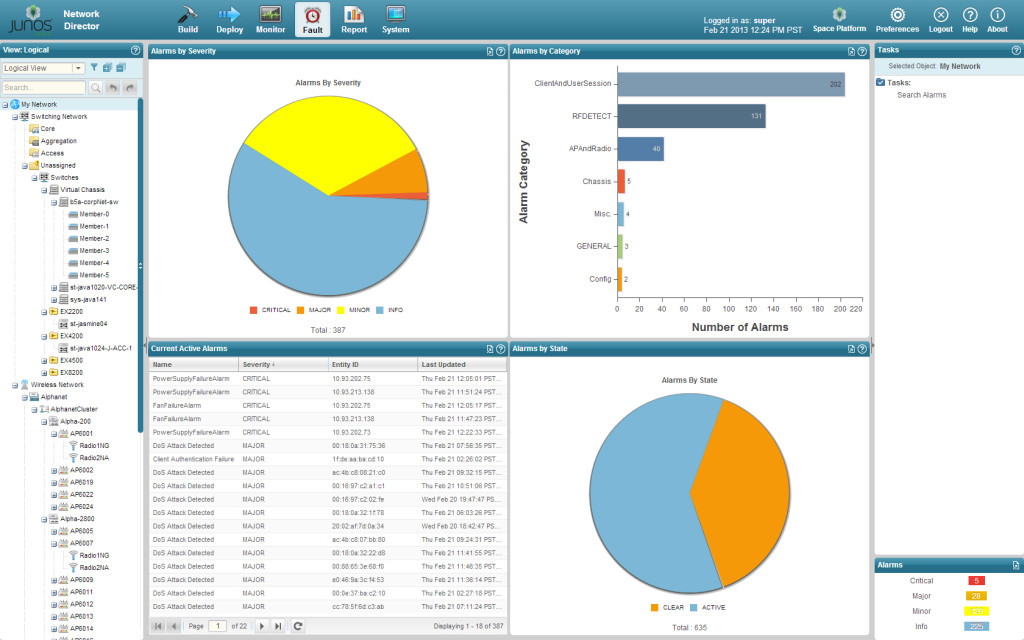Management of devices

Hey folks, How you doing?
In today's post we are going to talk about our bank datacenter solution. In this case we are focusing on management. But, what is management? Why is so necessary? Here, the answers.
First of all, a simple definition. Management is the organization and coordination of the activities of a business in order to achieve defined objectives. Also, is often included as a factor of production along with machines, materials, and money. Besides, it consists of the interlocking functions of creating corporate policy and organizing, planning, controlling, and directing an organization's resources in order to achieve the objectives of that policy. In a networking environment we are concerned on how to control the different devices within our network. Some elements necessary in our data center would be:
- Mail Server
- IDS
- DNS
- Centralized log error system
- Automated management of devices
- Unified management
As Aleix explained in the post before (here you can take a look if you want) there are different ways for managing every single device.
Thankfully Juniper is providing to us a very useful tool. The Junos Space.
This platform provides broad fault, configuration, accounting, performance, and security management (FCAPS) capability, same day support for new devices and Junos OS releases, a task-specific user interface, and northbound APIs for integration with existing network management systems (NMS) or operations/business support systems (OSS/BSS). Also helps us reducing complexity, and enabling new applications and services to be brought to market quickly.
Junos Space Network Management Platform is a unified approach to managing a Juniper network infrastructure and for designing and deploying new services.
Users can access its functionality through a Web 2.0 GUI that uses persona-based workflows and progressive disclosure to enable operator-centric and scope-specific visibility and control.

Add new comment